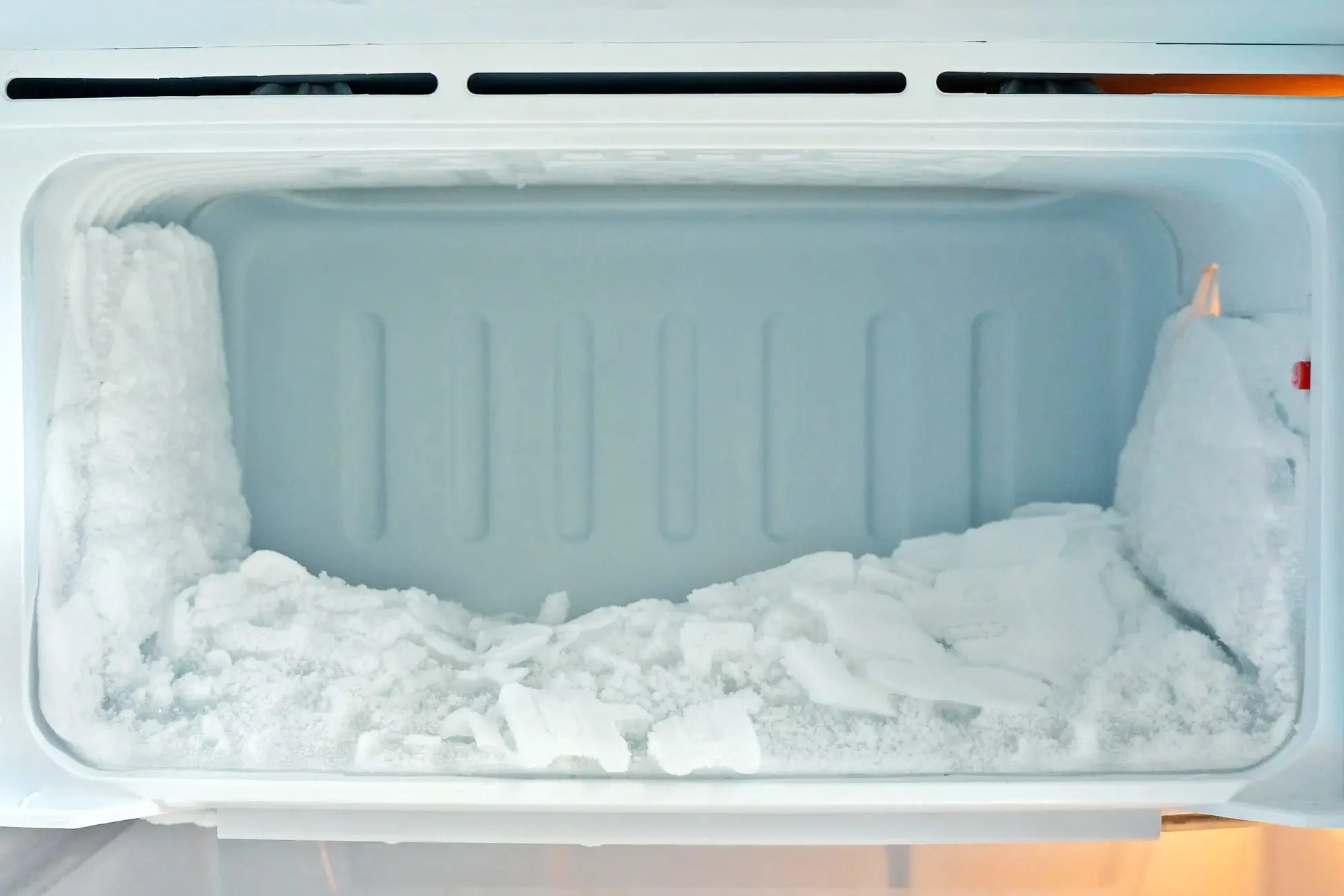

Articles
What Causes A Refrigerator To Freeze Up
Modified: October 29, 2024
Learn about the common causes of refrigerators freezing up in this informative article. Discover helpful tips to prevent this issue and keep your appliances running smoothly.
(Many of the links in this article redirect to a specific reviewed product. Your purchase of these products through affiliate links helps to generate commission for Storables.com, at no extra cost. Learn more)
Introduction
The refrigerator is an essential appliance in any household, providing a convenient way to keep our food fresh and preserved. However, there can be instances where the refrigerator starts to exhibit a frustrating issue – freezing. When this happens, it can lead to various problems, such as frozen vegetables, icy beverages, and spoiled food. Understanding the reasons behind a refrigerator freezing up is crucial in order to fix the issue and prevent further damage.
In this article, we will explore the common causes of a refrigerator freezing up and discuss preventive measures to avoid this problem. Whether you are a homeowner or a renter, having this knowledge will empower you to keep your refrigerator running efficiently and protect your food from unnecessary spoilage.
Let’s dive into the details of this frustrating issue and find out what can cause a refrigerator to freeze up.
Key Takeaways:
- Preventing refrigerator freezing requires proactive maintenance, proper food storage, and regular temperature monitoring. By implementing preventive measures, you can ensure optimal refrigerator performance and keep your food fresh and properly preserved.
- Addressing issues such as thermostat malfunctions, blocked air vents, and door seal damage promptly can prevent freezing problems. Practicing proper refrigerator placement and seeking professional maintenance help maintain efficient cooling and prevent food spoilage.
Read more: What Causes Ice Maker To Freeze Up
Understanding the Refrigerator Freezing Issue
Before we delve into the causes of a refrigerator freezing up, it’s important to understand how a refrigerator works and what the ideal temperature should be. A typical refrigerator operates by using a combination of a compressor, condenser, evaporator, and fan to regulate the temperature inside. The thermostat controls the compressor, which in turn removes heat from the refrigerator and maintains a cool temperature.
The ideal temperature for a refrigerator is between 35 to 38 degrees Fahrenheit (1.7 to 3.3 degrees Celsius). However, if the temperature drops below the set range, the refrigerator can start freezing items, leading to the inconvenience of frozen food and beverages.
Refrigerator freezing can occur for various reasons, ranging from mechanical malfunctions to user error. Identifying the root cause is essential to effectively address the issue and prevent it from recurring.
Let’s take a closer look at the common causes of a refrigerator freezing up.
Common Causes of Refrigerator Freezing
1. Thermostat Malfunction: The thermostat is responsible for monitoring and regulating the refrigerator’s temperature. If it malfunctions, it can cause the compressor to run continuously, resulting in temperatures dropping below the desired range.
2. Defective Temperature Control Board: The temperature control board controls various functions of the refrigerator, including regulating the compressor’s operation. If the control board is faulty, it can send incorrect signals to the compressor, causing it to run longer than necessary and freeze the contents of the refrigerator.
3. Faulty Damper Control Assembly: The damper control assembly controls the flow of cold air from the freezer to the refrigerator compartment. If it is stuck in an open position, too much cold air can enter the refrigerator, leading to freezing. Conversely, if it is stuck in a closed position, insufficient cold air will reach the refrigerator, causing inconsistent temperature levels.
4. Blocked or Faulty Air Vents: Air vents are responsible for circulating cold air throughout the refrigerator. If they are blocked by food items or debris, the airflow can be restricted, causing excessive cooling and freezing. Additionally, faulty air vents may not distribute the cold air evenly, resulting in freezing in certain areas of the refrigerator.
5. Improper Refrigerator Placement: Placing the refrigerator near heat sources such as a stove or direct sunlight can cause the compressor to work harder than necessary, leading to lower temperatures and freezing. Additionally, inadequate space around the refrigerator for proper ventilation can also affect its cooling efficiency.
6. Refrigerant Leak: A refrigerant leak can disrupt the cooling process and cause the refrigerator to overcool, resulting in freezing. If you notice signs of a refrigerant leak such as oil stains or a decrease in cooling performance, it’s essential to seek professional assistance to address the issue.
7. Inadequate or Insufficient Food Storage: Overcrowding the refrigerator with too much food can restrict proper airflow and prevent cold air from circulating evenly, leading to freezing in certain areas.
8. Overloading the Refrigerator: Similar to inadequate food storage, overloading the refrigerator can impede airflow and cause uneven cooling, resulting in freezing in some parts of the fridge.
9. Door Seal Issues: If the door seal is damaged or not properly sealing, warm air from outside can enter the refrigerator, causing temperature fluctuations. The fluctuating temperatures can lead to freezing in some areas of the refrigerator.
These are some of the common causes of a refrigerator freezing up. By understanding these factors, you can take appropriate measures to diagnose and resolve the issue, ensuring your refrigerator operates at the optimal temperature.
Thermostat Malfunction
A malfunctioning thermostat is one of the primary culprits when it comes to a refrigerator freezing up. The thermostat is responsible for monitoring and regulating the temperature inside the refrigerator. It signals the compressor to turn on and off as needed, maintaining the desired temperature range.
If the thermostat malfunctions, it may inaccurately read the temperature or fail to send the proper signals to the compressor. As a result, the compressor may continue to run even when it is not necessary, causing the refrigerator to become overly cold and freeze the contents inside.
Several factors can contribute to a thermostat malfunction. It could be due to electrical issues, such as a faulty connection or wiring problem. Mechanical problems, such as a stuck thermostat or a damaged sensor, can also affect its performance.
To determine if the thermostat is malfunctioning, start by checking the temperature settings on your refrigerator. Ensure that the temperature is set within the recommended range of 35 to 38 degrees Fahrenheit (1.7 to 3.3 degrees Celsius).
Next, observe the behavior of the refrigerator. If it continuously runs without ever shutting off or if it fluctuates between extremes, there is a high probability of a thermostat malfunction.
If you suspect that the thermostat is at fault, it is best to consult a professional technician to diagnose and repair the issue. An experienced technician can accurately assess the problem and replace the faulty thermostat if necessary.
In some cases, recalibrating the thermostat may solve the problem. This process involves adjusting the temperature sensor or recalibrating the control panel. However, it is recommended to seek professional assistance for this procedure to ensure accurate results.
Preventing thermostat malfunctions can be challenging since they can occur unexpectedly. However, there are a few practices you can implement to reduce the risk:
- Regularly clean the refrigerator’s interior, focusing on the area around the thermostat. Dust and debris can affect its performance.
- Avoid placing hot or warm items directly into the refrigerator as this can cause the thermostat to overwork and potentially malfunction.
- Ensure proper ventilation around the refrigerator to prevent overheating, which can impact the thermostat’s operation.
By being vigilant and addressing any signs of a thermostat malfunction promptly, you can minimize the chances of a refrigerator freezing up due to thermostat issues.
Defective Temperature Control Board
A temperature control board, also known as a main control board or PCB (printed circuit board), is responsible for controlling various functions of a refrigerator, including regulating the compressor’s operation. It receives input from the thermostat and sensors to determine the appropriate cooling cycle.
If the temperature control board becomes defective or develops electrical issues, it can affect the refrigerator’s ability to maintain the desired temperature. This can result in the compressor running longer than necessary, causing the refrigerator to become excessively cold and freeze the contents inside.
There are a few indicators that can help you identify a defective temperature control board. First, monitor the temperature inside the refrigerator and freezer compartments regularly. If the temperature fluctuates significantly or remains consistently colder than the set temperature, it may indicate a problem with the control board.
Additionally, keep an eye out for any unusual behaviors such as the compressor constantly running without cycling off or the refrigerator failing to maintain the set temperature despite adjustments. These symptoms can be indicative of a defective temperature control board.
If you suspect that the temperature control board is the cause of your refrigerator freezing up, it is recommended to seek professional assistance. An experienced technician will be able to diagnose the issue accurately and replace the faulty control board if necessary.
To prevent issues with the temperature control board, follow these preventive measures:
- Perform regular cleaning and maintenance of the refrigerator. Dust and debris can accumulate on the control board, leading to electrical problems.
- Avoid power surges or voltage fluctuations by using a surge protector or voltage stabilizer. Electrical issues can cause damage to the control board and other components.
- If any signs of damage or malfunction appear, such as burnt marks or unusual smells, immediately disconnect the power supply to the refrigerator and seek professional help.
Addressing a defective temperature control board promptly can prevent further damage to the refrigerator and ensure proper cooling functionality. By following manufacturers’ guidelines for maintenance and seeking professional assistance when needed, you can increase the lifespan of the control board and reduce the chances of your refrigerator freezing up due to control board issues.
Faulty Damper Control Assembly
The damper control assembly is responsible for regulating the flow of cold air from the freezer to the refrigerator compartment. It ensures a balanced distribution of cold air to maintain the desired temperature throughout the refrigerator.
If the damper control assembly becomes faulty or gets stuck in an open position, it can result in an excessive amount of cold air entering the refrigerator compartment. This can lead to freezing of food items and beverages stored in that area. Conversely, if the damper control assembly is stuck in a closed position, it can restrict the flow of cold air, causing inconsistent temperature levels and potential freezing in other areas of the refrigerator.
Identifying a faulty damper control assembly can be challenging, but there are some signs to look out for. If you notice significant temperature variations between different sections of the refrigerator or inconsistent cooling, it may indicate a problem with the damper control assembly.
One way to manually check the damper control assembly is by accessing it inside the refrigerator. You can look for any visible signs of damage, blockages, or obstructions that may be preventing it from functioning properly. However, it’s important to exercise caution and follow safety guidelines when attempting any repairs or inspections.
If you suspect that the damper control assembly is causing your refrigerator to freeze up, it is advisable to consult a professional technician. They will have the expertise and necessary tools to accurately diagnose the issue and either repair or replace the faulty assembly.
Preventive measures can also be taken to avoid damper control assembly problems:
- Regularly clean and inspect the damper control assembly for any debris or blockages that may hinder its performance.
- Ensure proper ventilation in the refrigerator to prevent the damper control assembly from overworking and potentially malfunctioning.
- Avoid placing items directly in front of the damper control assembly to maintain proper airflow.
By addressing any issues with the damper control assembly promptly and implementing preventive measures, you can maintain a consistent and optimal temperature within your refrigerator, reducing the risk of freezing.
Blocked or Faulty Air Vents
Air vents in a refrigerator play a crucial role in maintaining proper airflow and distributing cold air throughout the unit. If the air vents become blocked or malfunction, it can lead to issues such as uneven cooling and freezing of certain areas of the refrigerator.
There are a few reasons why air vents may become blocked or faulty. One common reason is the accumulation of food items or debris in front of the vents, obstructing the airflow. It is important to regularly clean and organize the refrigerator to prevent items from blocking the air vents.
Faulty air vents can also contribute to freezing issues. If the vents are not opening or closing properly, it can disrupt the airflow and lead to uneven cooling. This can cause some areas of the refrigerator to become excessively cold and result in the freezing of food items.
To determine if air vents are causing your refrigerator to freeze up, check for the following signs:
- Inconsistent temperature levels in different sections of the refrigerator, with some areas being colder than others.
- Frozen or iced-up air vents, indicating that cold air is not circulating properly.
- Visible obstructions, such as food items or debris, in front of the air vents.
If you discover blocked or faulty air vents, there are a few steps you can take to address the issue:
- Remove any items obstructing the air vents and ensure proper clearance around them.
- Clean the air vents and surrounding areas to remove any buildup of dust or debris that can hinder airflow.
- If the vents are not functioning correctly, it may require professional assistance to repair or replace the faulty vent system.
Additionally, as a preventive measure, it is essential to maintain good organization and cleanliness inside the refrigerator. Regularly check and rearrange items to prevent them from blocking the air vents and obstructing proper airflow.
By keeping the air vents clear and ensuring their proper functioning, you can help maintain a balanced and consistent temperature inside the refrigerator, reducing the likelihood of freezing issues.
Check the temperature setting on your refrigerator to ensure it is not set too low, causing the unit to freeze up. Also, make sure the door seals are intact and not allowing warm air to enter, which can lead to excess moisture and freezing.
Improper Refrigerator Placement
The placement of the refrigerator plays a significant role in its overall performance and temperature regulation. Incorrect placement can affect the refrigerator’s cooling efficiency and potentially lead to freezing issues.
One common mistake is placing the refrigerator near heat sources such as stoves, ovens, or direct sunlight. The heat from these sources can cause the refrigerator’s compressor to work harder than necessary to maintain the desired temperature. As a result, the refrigerator may become overly cold, leading to freezing of the contents inside.
Similarly, inadequate space around the refrigerator can hinder proper ventilation, impacting its cooling efficiency. The refrigerator needs sufficient space to release heat, and any restriction in airflow can affect its ability to maintain an optimal temperature.
To prevent improper refrigerator placement and subsequent freezing issues, follow these guidelines:
- Choose a location away from direct heat sources, including stoves, ovens, radiators, and vents. Aim for a cool area of the kitchen or the home, preferably with a consistent room temperature.
- Leave enough clearance around the refrigerator to allow for proper airflow. Refer to the manufacturer’s guidelines for the recommended clearance distance, typically between 1 to 2 inches (2.5 to 5 cm) on all sides and the back of the unit.
- Ensure there is enough space above the refrigerator, especially if it has a top-mounted compressor. Proper clearance above the unit allows hot air to dissipate effectively.
- If necessary, consider using a refrigerator fan or placing a small fan near the back of the refrigerator to improve air circulation and ventilation.
By adhering to these placement guidelines, you can optimize the performance and efficiency of your refrigerator and minimize the risk of freezing due to improper placement.
It is worth noting that some refrigerators come with built-in sensors to detect ambient temperature and adjust cooling accordingly. However, it is still advisable to follow proper placement practices to ensure the refrigerator operates optimally and maintains a consistent temperature.
By placing your refrigerator in an appropriate location and providing adequate clearance for proper ventilation, you can help prevent freezing issues and ensure the longevity of your appliance.
Refrigerant Leak
A refrigerant leak in a refrigerator can disrupt the cooling process and result in freezing issues. Refrigerant is a crucial component that absorbs heat from the refrigerator’s contents, allowing them to stay cool. If there is a leak in the refrigerant system, the refrigerant level decreases, affecting the overall cooling efficiency of the appliance.
A refrigerant leak can occur for various reasons, including normal wear and tear, poor maintenance, or manufacturing defects. Over time, vibrations, temperature changes, or chemical reactions can cause small cracks or holes in the refrigerant lines or components.
Signs of a refrigerant leak include a decrease in cooling performance, inconsistent temperature levels, or visible oil stains near the compressor or refrigerant lines. If you suspect a refrigerant leak, it is recommended to seek professional assistance. A certified technician can accurately diagnose the issue and repair the leak to restore the proper refrigerant levels.
It is important to address a refrigerant leak promptly to prevent further damage and ensure the refrigerator operates efficiently. Aside from the freezing issue, a refrigerant leak can lead to other problems such as compressor damage.
Preventive measures to minimize the risk of a refrigerant leak include:
- Perform regular maintenance and inspections by a professional technician.
- Avoid moving or transporting the refrigerator roughly to prevent damage to the refrigerant lines.
- Keep the refrigerator away from sharp objects or tools that could potentially puncture the refrigerant lines.
If you suspect a refrigerant leak or notice any signs of a malfunctioning refrigerant system, it is crucial to seek professional help. Attempting to repair a refrigerant leak without proper knowledge and equipment can be dangerous and ineffective. A professional technician will have the expertise to identify and fix the issue, ensuring the refrigerator operates efficiently and free from freezing problems.
Read more: What Causes AC Line To Freeze
Inadequate or Insufficient Food Storage
The way you store food inside your refrigerator can also contribute to freezing issues. Inadequate or insufficient food storage can disrupt proper airflow and lead to uneven cooling, resulting in freezing in certain areas.
One common mistake is overcrowding the refrigerator with too much food. When the refrigerator is packed tightly, the airflow becomes restricted, preventing proper circulation of cold air. This can result in cold spots and freezing in certain areas, while other parts of the refrigerator remain warmer.
Additionally, improperly sealed or uncovered containers can contribute to moisture accumulation within the refrigerator. This excess moisture can freeze and cause frost build-up, leading to further freezing issues.
To prevent inadequate or insufficient food storage from causing freezing problems, follow these guidelines:
- Avoid overcrowding the refrigerator. Leave enough space between items to allow for proper airflow. Refer to the manufacturer’s recommendations for the maximum capacity of your refrigerator.
- Ensure proper packaging and sealing of food items. Cover containers tightly with lids or food-grade plastic wrap to minimize moisture and prevent the escape of cold air.
- Organize food items strategically, placing them away from the air vents to prevent direct exposure to cold air.
- Regularly check for expired or spoiled food items and remove them to free up space and maintain optimum airflow.
- If necessary, consider using refrigerator organizers or storage bins to maximize space and keep the refrigerator organized.
By following these best practices for food storage, you can ensure proper airflow and temperature distribution within your refrigerator. This will help prevent freezing issues and optimize the overall performance of the appliance.
Overloading the Refrigerator
Overloading the refrigerator is a common mistake that can contribute to freezing issues. When you cram too many items into the refrigerator, it can impede proper airflow and disrupt the cooling process. This can lead to uneven cooling and freezing in certain areas of the refrigerator.
When the refrigerator is overloaded, the cold air cannot circulate freely around the items, resulting in pockets of warmer air and colder spots. The items in direct contact with the coldest areas can freeze, while those in warmer areas may not be adequately cooled.
To avoid overloading the refrigerator and prevent freezing problems, consider the following tips:
- Organize the refrigerator and ensure there is sufficient space between items. Avoid stacking or tightly packing items together.
- Remove unnecessary items or expired food to create more space and optimize airflow.
- Consider using refrigerator organizers or storage containers to maximize space and keep items properly arranged.
- Pay attention to the refrigerator’s shelving layout and adjust it as needed to accommodate items of different sizes.
- Spread out items that have a tendency to freeze, such as fruits and vegetables that release moisture and are more sensitive to cold temperatures.
By maintaining a balanced and well-organized refrigerator, you can ensure proper airflow and temperature distribution. This will help prevent overcooling and freezing issues, allowing your food to stay fresh and your refrigerator to operate efficiently.
Door Seal Issues
The door seal, also known as the gasket, is an essential component of the refrigerator that creates an airtight seal when the door is closed. It prevents warm air from entering the refrigerator and ensures the cold air remains inside. However, if the door seal is damaged, loose, or not properly sealing, it can result in temperature fluctuations and potential freezing issues.
There are several reasons why door seal issues can occur:
- Normal wear and tear over time can cause the door seal to become worn, cracked, or torn.
- Incorrect closing of the door, such as slamming or excessive force, can damage the seal.
- Accumulation of dirt, debris, or food particles on the seal can affect its ability to create a proper seal.
- Misalignment of the door or hinges can cause the seal to warp or lose its effectiveness.
When the door seal is compromised, warm air from the surrounding environment can enter the refrigerator, leading to temperature fluctuations. These fluctuations can result in freezing in some areas of the refrigerator, while other areas may not be adequately cooled.
To check for door seal issues, perform a visual inspection of the seal for any signs of damage, wear, or gaps. You can also perform a simple test by closing the refrigerator door on a piece of paper or a dollar bill. If you can easily pull the paper or bill out without resistance, it indicates a faulty door seal.
If you identify door seal issues, there are a few steps you can take to address the problem:
- Clean the door seal regularly with warm soapy water and a soft cloth to remove any dirt or debris that may affect its sealing ability.
- Inspect the seal for any visible damage and replace it if necessary. Consult the refrigerator’s manual or seek professional help for proper replacement.
- Ensure the door is properly aligned and adjusted so that it closes tightly and uniformly along the entire seal.
Regular maintenance and care of the door seal will help prevent temperature fluctuations and freezing issues. By keeping the seal clean and functional, you can maintain the integrity of the refrigerator’s temperature control and ensure efficient operation.
Preventive Measures to Avoid Refrigerator Freezing
To prevent refrigerator freezing issues and maintain optimal performance, it’s important to implement preventive measures. By following these measures, you can safeguard your refrigerator and keep your food fresh and properly preserved:
- Regular Temperature Checking: Monitor the temperature inside your refrigerator using a thermometer. Ensure that it stays within the recommended range of 35 to 38 degrees Fahrenheit (1.7 to 3.3 degrees Celsius). Regularly checking the temperature helps you identify any fluctuations or deviations.
- Proper Thermostat Calibration: Calibrate the thermostat of your refrigerator to ensure it accurately regulates the temperature. Consult the manufacturer’s instructions or seek professional assistance to adjust the thermostat if needed.
- Routine Maintenance: Perform regular maintenance, such as cleaning the interior and exterior of the refrigerator, including the coils and vents. Keep the refrigerator free from dust, debris, and spills that can hinder proper functioning.
- Proper Food Storage: Follow guidelines for food placement inside the refrigerator. Avoid overloading the refrigerator and ensure proper spacing between items to allow for adequate airflow. Use airtight containers or covers to prevent moisture buildup and freezer burn.
- Proper Air Ventilation: Ensure that the refrigerator has sufficient space around it for proper ventilation. Provide proper clearance from walls, cabinets, and other appliances to avoid overheating and obstruction of airflow.
- Regular Defrosting: If your refrigerator has a manual defrost system, it’s important to defrost it regularly. Excessive ice buildup can hinder effective cooling and lead to freezing issues. Follow the manufacturer’s instructions for proper defrosting procedures.
- Addressing Mechanical Issues: Pay attention to any signs of mechanical issues, such as unusual noises, water leakage, or a decrease in cooling performance. Address these issues promptly by seeking professional assistance to prevent further damage and ensure proper functioning of the refrigerator.
- Proper Refrigerator Placement: Ensure that you place the refrigerator in a suitable location away from direct heat sources, such as stoves or direct sunlight. Provide sufficient clearance around the refrigerator for proper ventilation and airflow.
- Regular Door Seal Maintenance: Keep the door seal clean and free from debris. Inspect the seal regularly for any signs of wear or damage and replace it if necessary. Make sure the door closes tightly to maintain an airtight seal.
- Professional Maintenance: Schedule regular professional maintenance and inspections for your refrigerator. A certified technician can identify and address any underlying issues, ensuring the optimal performance and longevity of your appliance.
By implementing these preventive measures and practicing proper refrigerator maintenance, you can minimize the risk of freezing issues and prolong the lifespan of your refrigerator. Additionally, it will help you maintain the quality and freshness of your food, ensuring a hassle-free refrigeration experience for years to come.
Read more: What Happens When A Kegerator Freezes Up
Conclusion
A refrigerator freezing up can be a frustrating problem that affects the quality and safety of your stored food. Understanding the common causes and implementing preventive measures can help you avoid this issue and ensure the optimal performance of your refrigerator.
From thermostat malfunctions to blocked air vents, each cause of refrigerator freezing has its own remedies. Identifying the root cause is crucial to effectively address the issue and prevent further damage. Regular maintenance, proper food storage, and maintaining an appropriate refrigerator placement can go a long way in preventing freezing problems.
Monitoring the temperature, calibrating the thermostat, and addressing any mechanical issues promptly are important steps to keep your refrigerator running efficiently. Additionally, routine cleaning, clearing obstructions from air vents, and inspecting the door seal for any damages can help maintain proper airflow and temperature control.
Preventing refrigerator freezing requires your proactive effort in maintaining and caring for your appliance. By following preventive measures and practicing proper maintenance, you can enjoy the benefits of a well-functioning refrigerator and keep your food fresh and properly preserved.
If you encounter persistent freezing issues or need assistance in diagnosing and fixing the problem, it is advisable to consult a professional technician. They have the expertise and knowledge to accurately diagnose the issue and provide appropriate solutions.
Remember, a well-maintained refrigerator not only prevents freezing problems but also ensures the longevity and efficiency of the appliance. By taking care of your refrigerator, you can enjoy the convenience and peace of mind it brings to your daily life.
Frequently Asked Questions about What Causes A Refrigerator To Freeze Up
Was this page helpful?
At Storables.com, we guarantee accurate and reliable information. Our content, validated by Expert Board Contributors, is crafted following stringent Editorial Policies. We're committed to providing you with well-researched, expert-backed insights for all your informational needs.

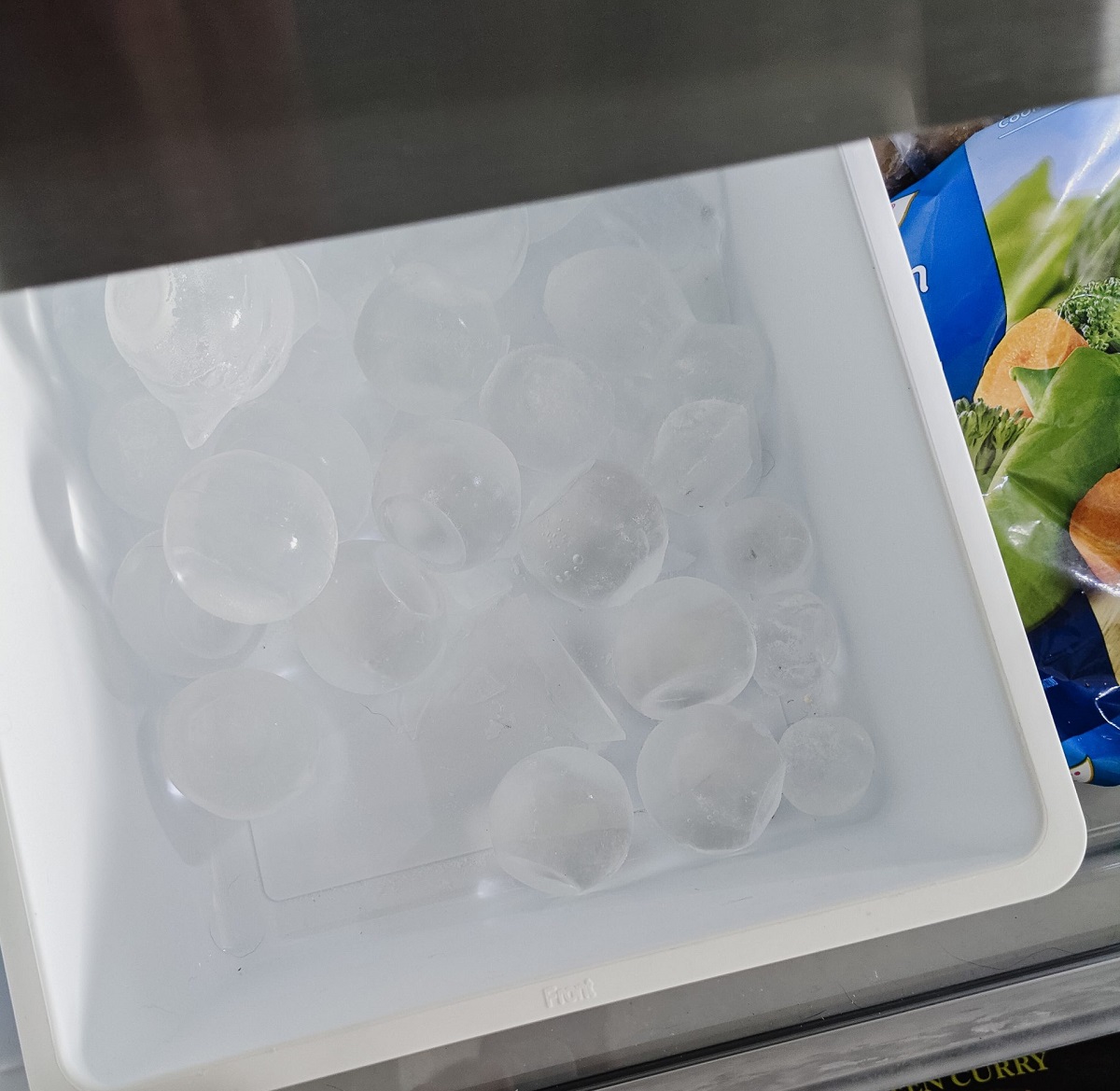

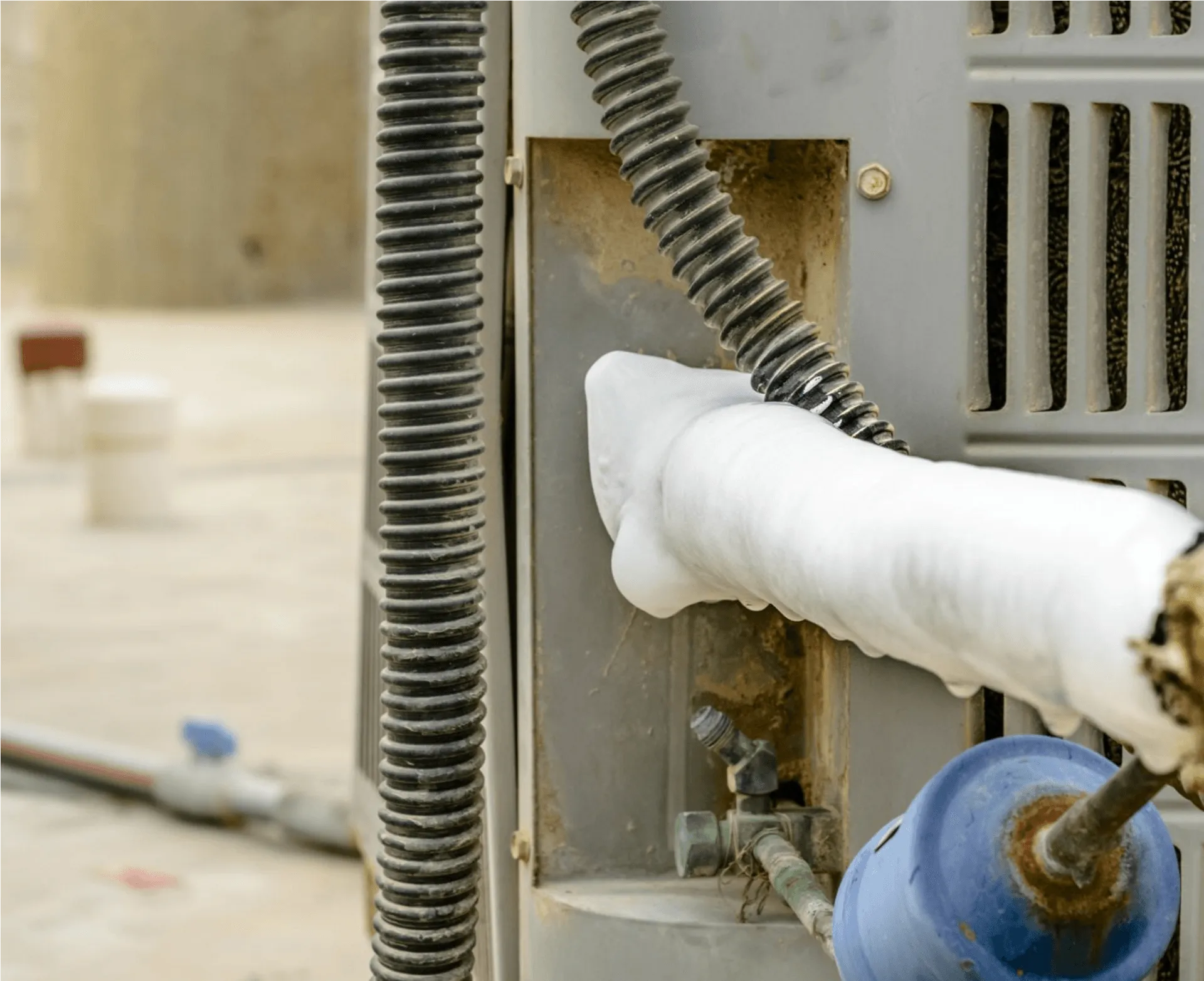
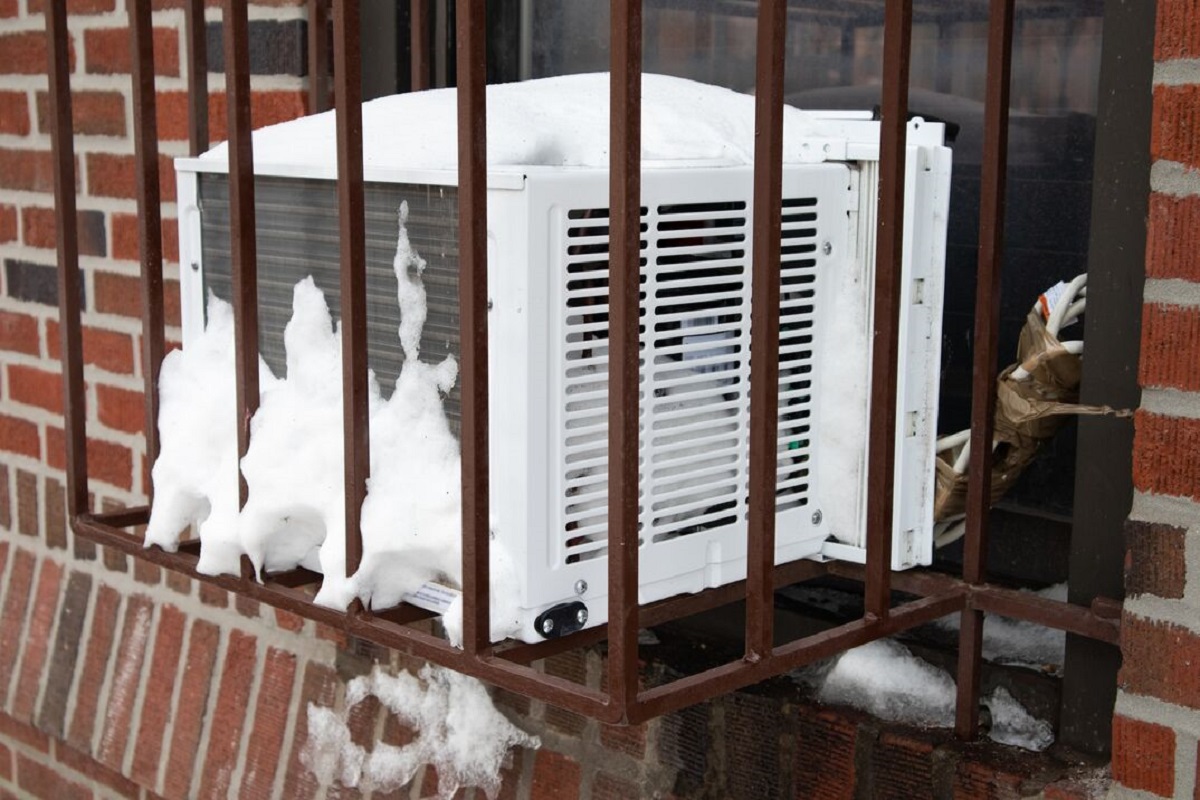
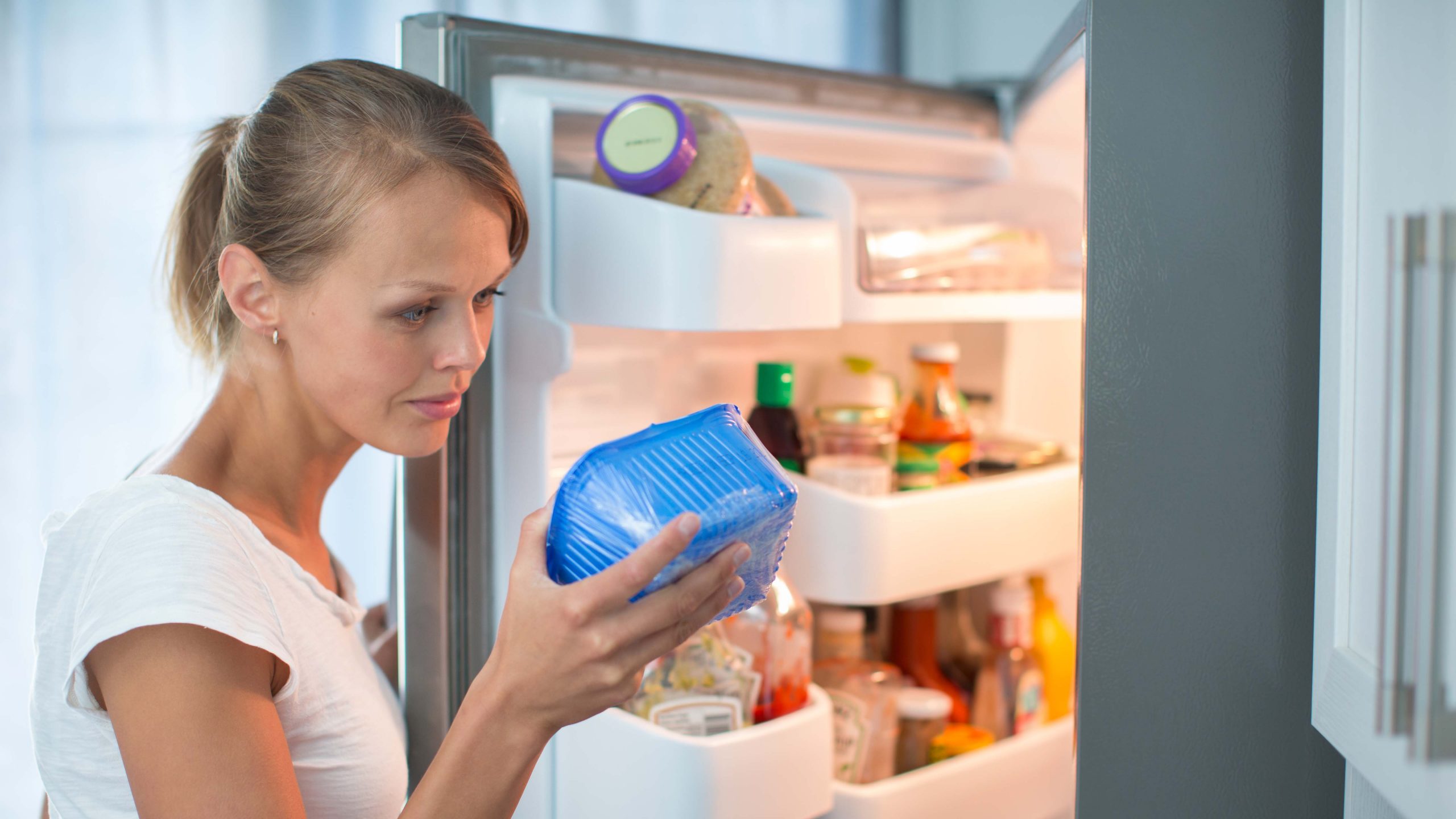
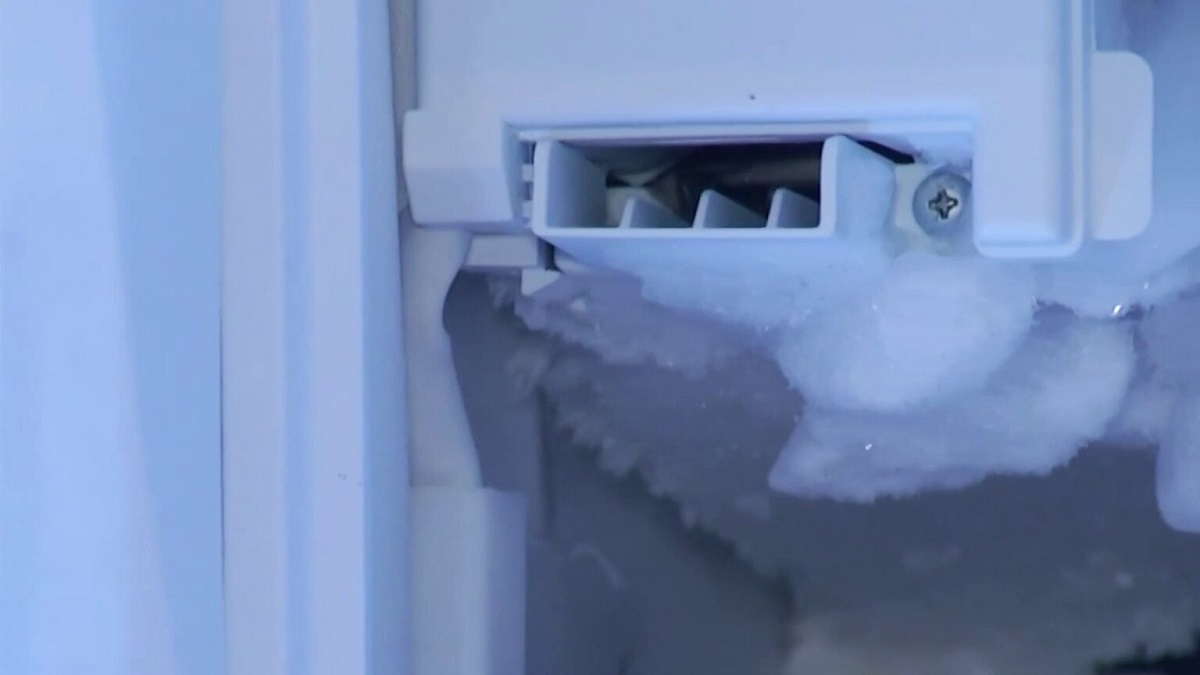
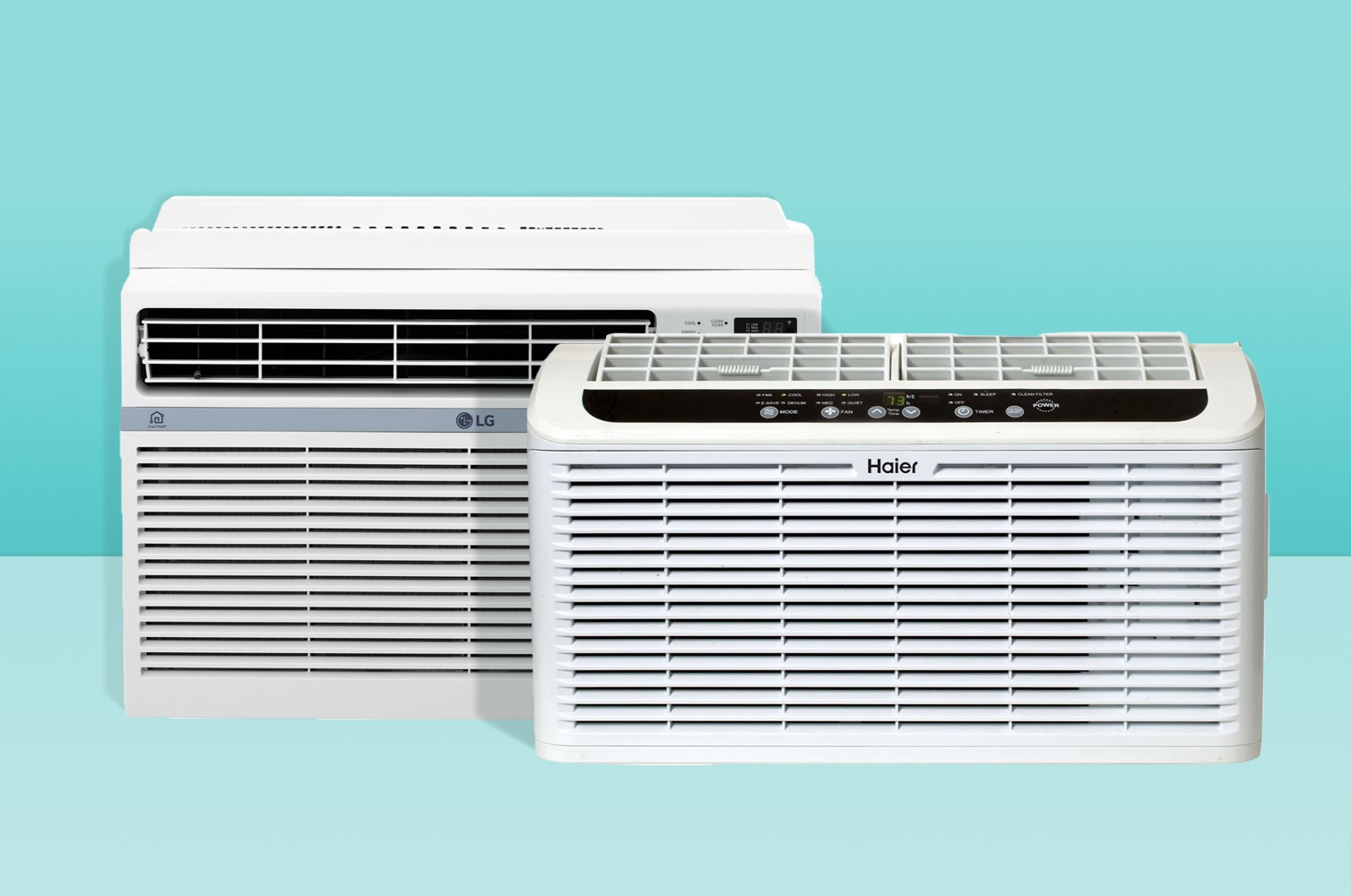



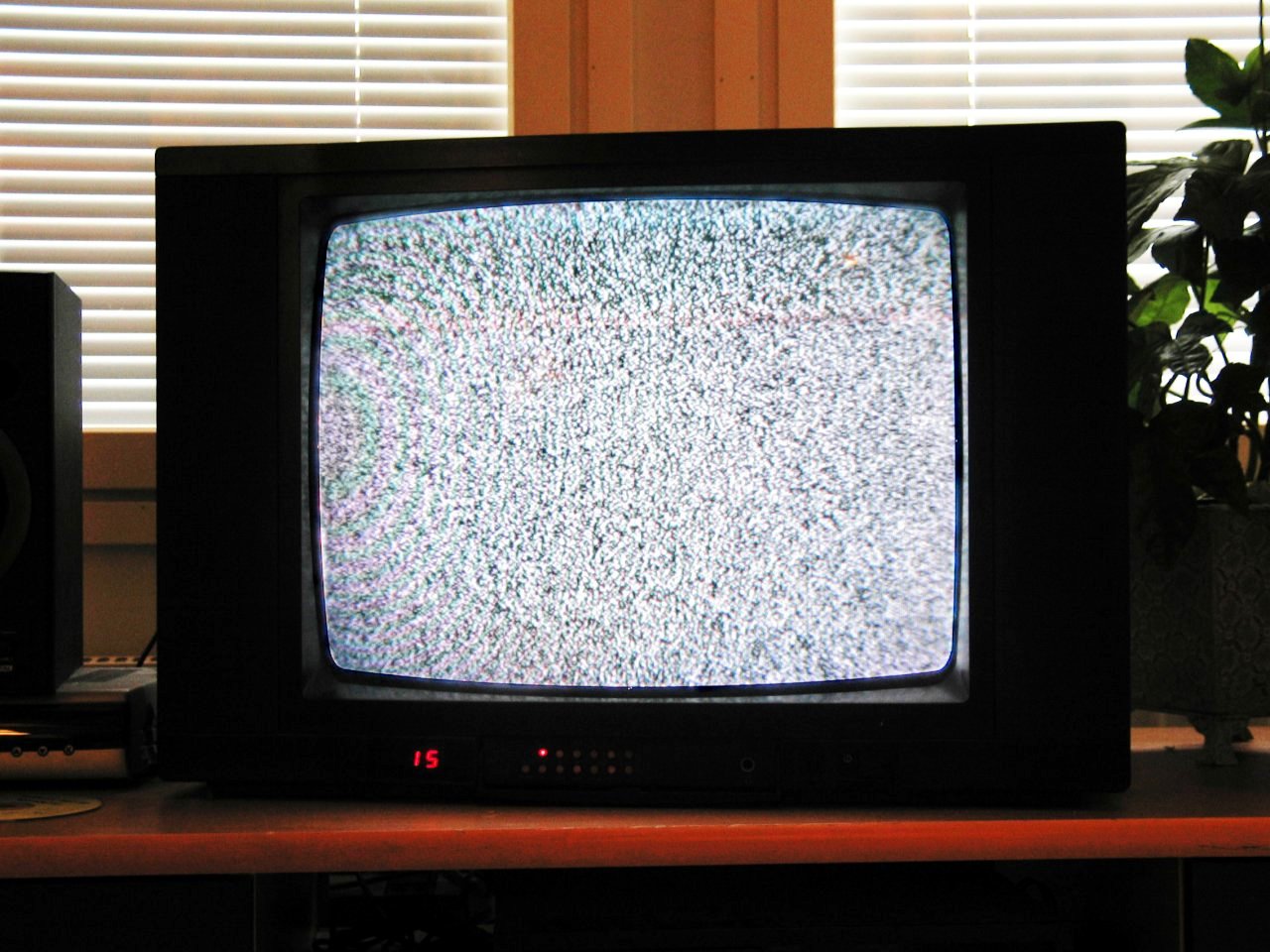

0 thoughts on “What Causes A Refrigerator To Freeze Up”